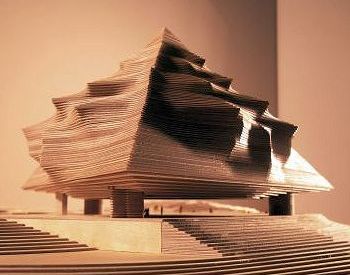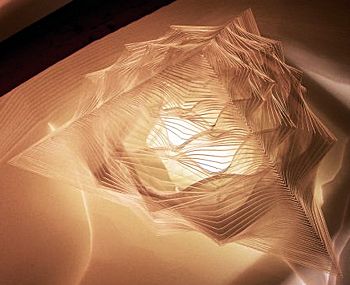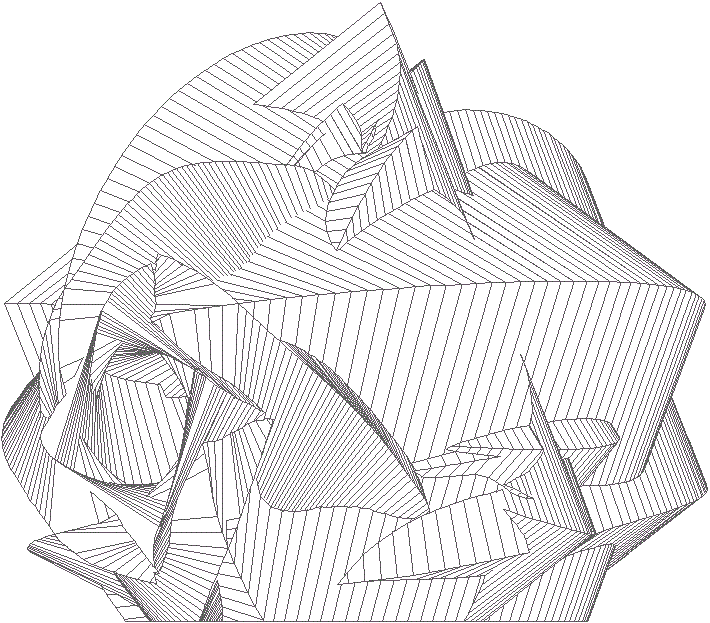2015.07.05
Coordinate the library 2 elements into Asouq Neighborhoods; perhaps library 1 parts as well.
2015.07.05
Combine Pantheon Paraadigm with mesh/bubble neighborhoods.
dossier: labyrinth 3780 b c d e
in the Zeitgeist, everything will be the future 3310 b c d e f g h i j k l m n o p q r s t u v w x y z
2015.07.24
changing history
..."changing history" is the title of the 'book' I'm going to write on the Ichnographia Campus Martius. ...thought of the archinect post from 2005 where I wrote about how the discovery that there are two Ichnographia was an act of changing history.
...writing the whole thing like Deboy's Lequeu--a series of chapters that are informative as much as they are enigmatic. ...there are quite a number of characters and topics (including Helena, Eutropia and Constantine) and discoveries (unique to me). ...a list: Kahn, Scully, Tafuri. Eisenman, Bloomer, Allen, Fasolo, Nolli, Lauf, Wilton-Ely, two Ichnographias, eros et thanatos, equirria, porticus Neroniani/St. Peter's, porticus Neroniani/compass, Bufalini, inverse triumphal way, Kwinter and Aurelia, the full picture with the other maps, axes of love and war, garden of satire, porticii as streets, altar of Mars/St. Agnes, labyrinth/puzzle.
2015.07.26
beginning of Changing History
It starts with the sarcophagus of Maria engraving and the story behind it and how Piranesi changed it. With its story comes the "Catalogo," Robert Adam, Breakspeare (Hadrian IV?), end at the beginning, life of Maria and Honorius, position of Rome at that time, Obituary of Theodosius(?), and its position in the Ichnographia, where is St. Peter's basilica?, Temple of Apollo attached to the Circus of Nero and Caligula, two states of the Ichnographia and how and why I made the discovery. There is a lot of existing data (EI, etc) that relates to all this.
The next subject is the two states and an exposition of how the two states differ. Then comes the case for which state came first, and a possible explanation of why Piranesi made the changes--he created a double theater where one theater is the inversion of the other. There is that one final aerial perspective of two inverted theaters, but the changed circus(es) (may) reference from pagan munus circus to Christian grave site basilica. Here the story of Melania the Younger and the Horti Valeriani, which leads to the Porticus Neronianae being the X that marks the spot of the barbarian camp and the first sack of Rome.
But there are also two--Porticus Neronianae and Porticus Neroniani--another double inversion, and here we find St. Perter's basilica in disguise (another interted double). From here comes the story of the garden of Nero and the pagan/Christian Triumphal Way.
I'm just now realizing that the cad ichnographia I work with should be the same orientation as the printed Ichnographia.
2015.07.28
Borges once claimed...
"Borges once claimed that the basic devices of all fantastic literature are only four in number: the work within the work, the contamination of reality by dream, the voyage in time, and the double."
James Irby in Jorge Luis Borges, Labyrinths: Selected Stories & Other Writings (1964).
I immediately saw a (possible) connection of this quote and the Ichnographia Campus Martius. Would it make a good opening quotation to Changing History? I guess the answer is yes and no. The voyage in time and the double definitely relate, and I suppose all the "sub-themes" could be considered the work within the work (but there really isn't anything like the city within the city or the plan within the plan), but I never felt that the ICM was contaminated by dream unless one considers Piranesi's architectural imagination to be a reality contaminated by dream.
If I were to use the quotation, I'd have to emphasize all four "devices" and how they manifest within the ICM, yet I've never taken the dream angle. Even if the plan is fantastic, it is nonetheless extremely ordered. Perhaps it is the plan/ichnographia itself that contaminated the reality of the viewer into thinking that they are seeing a dream (come true?). It seems that Bloomer more or less took up the dream angle.
| |
2015.08.11
mimesis plus ultra
  Herzog & de Meuron Auditorium du Jura Courgenay Switzerland 2005-06
Herzog & de Meuron Auditorium du Jura Courgenay Switzerland 2005-06
| |

15081101 09041004
|
|